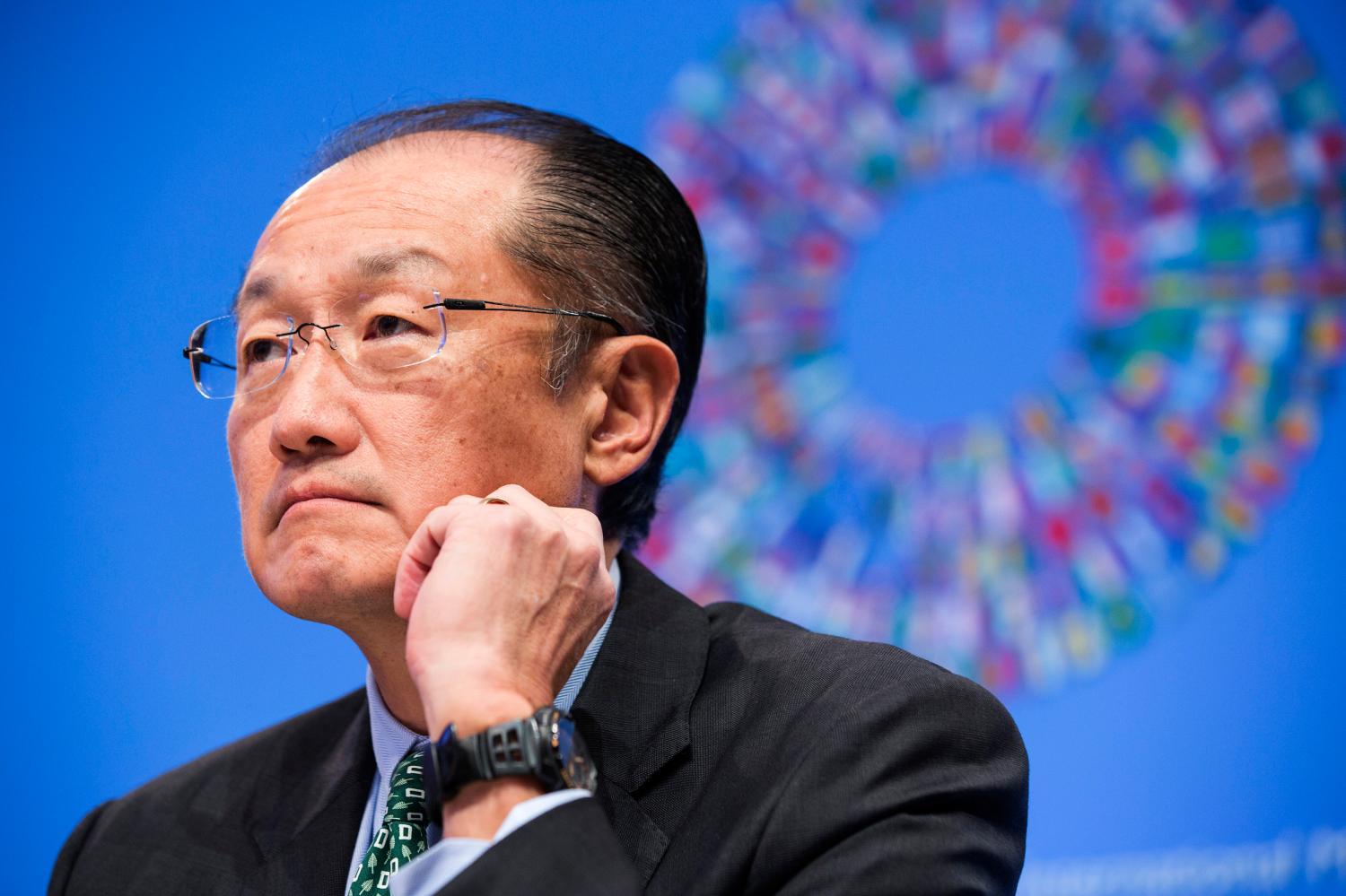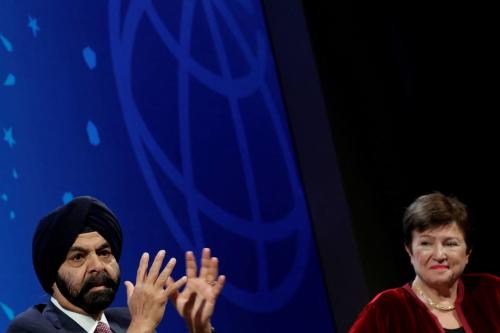The Addis Ababa Action Agenda reaffirms the central role of development banks in providing concessional and non-concessional long-term financing, countercyclical financing, guarantees and leverage, policy advice, capacity building, and other support to the post-2015 agenda. “We recognize the significant potential of multilateral development banks and other international development banks in financing sustainable development and providing know-how. … We stress that development banks should make optimal use of their resources and balance sheets, consistent with maintaining their financial integrity, and should update and develop their policies in support of the post-2015 development agenda, including the sustainable development goals (SDGs).”
This paper argues that the Addis Action plan and the SDGs represent a milestone in the changed thinking about the role of the multilateral development banks (MDBs) and the World Bank Group (WBG) in particular. By elaborating on a universal agenda for sustainable development, rather than a narrow focus on reducing poverty, the scope and ambition of support needed by low and middle-income countries has widened substantially. This paper looks at how the WBG might respond to these new challenges.
The SDGs cover a far broader scope than the Millennium Development Goals, and represent, in many ways, a validation of what the WBG has been doing for many years. The Addis Ababa Action Agenda for the third U.N. financing for development conference shows why:
- It puts the responsibility for development squarely on countries themselves; “Cohesive nationally owned sustainable development strategies, supported by integrated national financing frameworks, will be at the heart of our efforts.” The role of development agencies, in this view, is to support country-led processes, not replace them. This favors organizations like the World Bank Group with country-based operational structures and strong country presence, compared to, for example, vertical funds that have a global thematic focus but weaker country footprints.
- It gives prominence to “blended finance” and the leveraging of grants and other support with money raised on private capital markets. The Bank has always done this, with particular success in partnering with the Global Environment Facility (GEF), various climate trust funds, the Global Partnership for Education, and the Global Agriculture and Food Security Program.
- It calls for multifaceted interventions. The WBG’s credits and loans have typically been accompanied by capacity building, technical assistance, evaluation, policy reform, and other elements of a package of interventions that are needed to have an impact. This is now recognized as how development must be done.
- It promotes risk-mitigation mechanisms; the WBG’s Multilateral Investment Guarantee Agency (MIGA) is the largest provider of these instruments in the world and is expressly recognized in the Addis document; the International Bank for Reconstruction and Development (IBRD) too has the ability to provide guarantees, although actual use of this instrument has been limited.
- It brings private business to the center of development; “foreign direct investment [is a] vital complement to national development efforts.” The International Finance Corporation (IFC) is by far the largest official lender to private business; IBRD and International Development Association (IDA) provide help with improving the investment climate.
- It emphasizes the importance of delivery of public social services (“a new global social compact”), infrastructure, sound policies and institutions, and good governance, all areas that the WBG has emphasized for some time.
- It recognizes that “countries in conflict and post-conflict situations also need special attention.” The WBG was one of the earliest development organizations to specifically focus on this issue, applying recommendations of a 2002 Task Force report.
Internally, the WBG has reorganized itself into global practices that match well with the SDGs, and has articulated “Twin Goals” to end poverty by 2030 and to boost shared prosperity for the bottom 40 percent of the population in each country. These goals in turn resonate with the ambition of the SDGs to end poverty and hunger and to promote peaceful and inclusive societies.




